Description
Wheat Flour Moisture Meter in Kampala
The Wheat Flour Moisture Meter is an essential device designed for accurately measuring the moisture content in wheat flour and other grain-based products. This precision tool helps ensure that the wheat flour remains at optimal moisture levels, maintaining its quality and preventing spoilage. With the growing need for quality control in food production and storage, this device is a valuable asset for bakers, millers, and food processors in Kampala, Uganda. Wheat Flour Moisture Meter In Kampala
Key Features of Wheat Flour Moisture Meter
- High Accuracy and Sensitivity:
- The meter is designed to provide precise moisture readings with high sensitivity. It measures moisture content in wheat flour to the nearest decimal, allowing users to detect even slight variations in moisture levels.
- Wide Measuring Range:
- Most wheat flour moisture meters offer a measuring range between 5% and 40% moisture content, making them versatile for different types of flours and grain-based products.
- Easy-to-Read Digital Display:
- The meter is equipped with a digital LCD display, making it easy to read moisture levels even in low-light conditions. Some models also feature backlighting for enhanced visibility.
- Quick and Reliable Readings:
- The device provides instant results, making it convenient for busy environments such as milling plants or baking facilities.
- Compact and Portable Design:
- Its lightweight and portable design make it easy to carry around, allowing for on-the-spot testing in different locations, whether in storage facilities, milling plants, or kitchens.
- User-Friendly Interface:
- With intuitive controls and easy calibration, the meter is user-friendly, suitable for both professional and first-time users. Wheat Flour Moisture Meter In Kampala
- Multiple Calibration Options:
- Advanced models come with multiple calibration settings for different grain types, ensuring accurate readings across various wheat products and other cereals.
- Durable Construction:
- Built with high-quality materials, the wheat flour moisture meter can withstand regular use and harsh conditions, ensuring long-term reliability.
- Battery-Powered Operation:
- These devices are usually powered by batteries, offering extended use without frequent recharging or replacement.
- Data Hold and Auto Shut-Off Functions:
- The data hold feature allows users to lock the current reading on the screen, while the auto shut-off function helps conserve battery life.
Benefits of Using a Wheat Flour Moisture Meter
- Quality Control:
- By measuring the moisture content in wheat flour, you can maintain consistent quality in your products. This helps in producing flour that meets industry standards, which is crucial for businesses involved in baking or food production.
- Prevent Spoilage and Mold:
- Excess moisture in flour can lead to mold growth and spoilage. Regular monitoring with a moisture meter helps ensure that the flour is stored under optimal conditions, reducing the risk of contamination.
- Efficient Storage Management:
- The meter helps determine the best conditions for storing wheat flour. It can be used to monitor storage facilities and ensure that the flour is kept at appropriate moisture levels to prolong shelf life.
- Cost Savings:
- Early detection of moisture issues helps prevent costly losses due to spoiled or degraded products. It also reduces the need for frequent replacements, thus saving on storage costs.
- Compliance with Industry Standards:
- Using a moisture meter helps ensure that your products comply with moisture content standards set by food regulatory authorities, enhancing your brand’s reputation.
- Optimized Production Processes:
- In milling and baking, the moisture content of flour can affect the end product’s quality. Regular moisture checks help optimize production processes, ensuring that the flour behaves as expected during mixing and baking.
Applications of Wheat Flour Moisture Meter in Kampala
- Flour Mills:
- Moisture meters are essential tools in flour milling plants for maintaining the correct moisture content during production. This ensures that the flour produced is of high quality and suitable for various culinary applications.
- Baking Industry:
- Bakeries in Kampala use these meters to check the moisture content in flour before starting the baking process. This helps achieve consistent results in baked products like bread, cakes, and pastries.
- Grain Storage Facilities:
- The device is used in storage facilities to monitor the moisture content of stored wheat flour, preventing spoilage and ensuring that the flour remains in good condition for extended periods.
- Quality Control Laboratories:
- In food testing and quality control labs, the moisture meter is used to analyze wheat flour samples, ensuring that they meet required standards for moisture content.
- Food Processing Units:
- Food processors use these devices to ensure that their products are within safe moisture limits, preventing issues such as clumping, microbial growth, or reduced shelf life.
How to Use a Wheat Flour Moisture Meter
- Power On the Device:
- Insert the batteries if necessary and switch on the device using the power button.
- Select the Material Setting:
- Choose the appropriate calibration setting for wheat flour or the specific grain type you are measuring. Some models may have a dedicated setting for different types of grains.
- Prepare the Sample:
- Place a small sample of wheat flour in the meter’s testing chamber or directly insert the probe into a bulk quantity of flour, depending on the meter type.
- Take the Measurement:
- Press the measurement button to begin the testing process. The device will display the moisture content on the digital screen.
- Interpret the Results:
- Compare the moisture level displayed with the recommended moisture range for wheat flour. If the moisture content is too high or too low, consider adjusting storage or processing conditions.
- Record and Save the Data:
- If the meter has a data hold or save function, use it to record the readings for future reference or reporting.
- Power Off and Store:
- Turn off the device and store it in a cool, dry place to protect it from dust and moisture.
Tips for Using Wheat Flour Moisture Meters
- Regular Calibration:
- Calibrate the meter regularly to ensure accurate readings. Follow the manufacturer’s guidelines for calibration procedures.
- Clean the Device After Use:
- Clean the testing chamber or probes with a soft cloth after each use to maintain the accuracy and longevity of the device.
- Avoid Direct Exposure to Water:
- Do not expose the device to water or use it in extremely wet conditions, as this can damage the internal components and lead to incorrect readings.
- Store in a Safe Location:
- When not in use, store the moisture meter in a protective case to prevent damage from dust, debris, or accidental drops.
Where to Buy Wheat Flour Moisture Meters in Kampala
It is advisable to buy from reputable dealers who offer warranties and after-sales support. Ensure that the meter you choose is suitable for your specific application and comes with the necessary features for accurate moisture measurement.
Conclusion
The Wheat Flour Moisture Meter is a must-have tool for ensuring the quality and safety of wheat flour products. Its high accuracy, portability, and ease of use make it ideal for various applications, including milling, baking, and grain storage. Whether you are a professional in the food industry or a small-scale baker, investing in a reliable moisture meter can significantly enhance the quality and longevity of your products, making it a valuable addition to your toolkit in Kampala, Uganda.

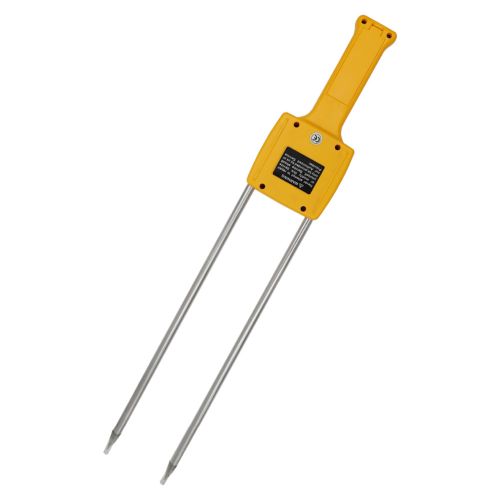

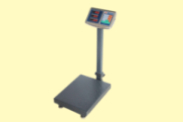

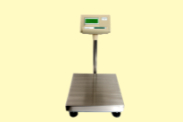
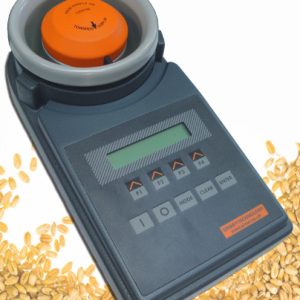
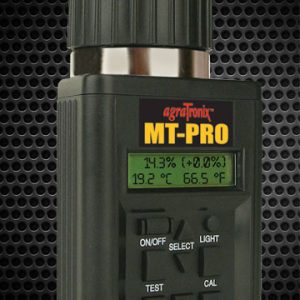
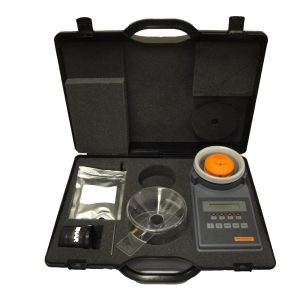
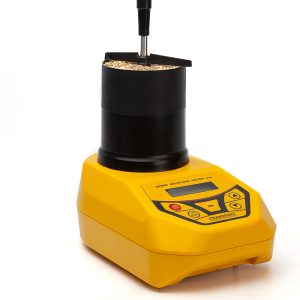
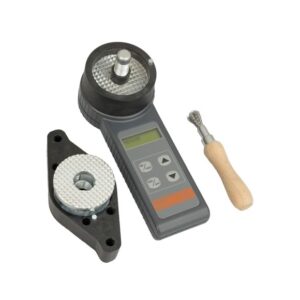



Reviews
There are no reviews yet.